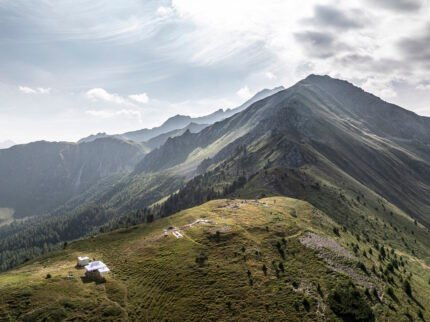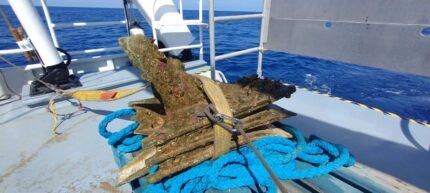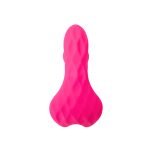The remains of an early medieval metalworking workshop have been discovered on the Scottish island of Islay. Dating from the 6th to 9th centuries AD, the ironworks was built on the site of an abandoned earlier civilian building.
Metalworking waste, the upper part of a turned grinding stone, bone needles and fragments of shale bracelets have been found from several sites associated with these buildings. Shale bracelets are rare in the Inner Hebrides; these are the only examples known from Islay. The shales probably came from central Scotland.
Over time, its function changed from domestic use to an industrial focus, which occurred after the domestic buildings fell into disrepair. Compared to many known early medieval Scottish metalworking workshops, which were often enclosed within royal or noble fortresses, the Curto Raceroom is a relatively modest building. It appears to have been used to smelt bog ore to extract iron nuggets, which could then be made into tools and weapons elsewhere.
 The building is in the shape of a figure eight, outlined by overlapping curvilinear gullies, and is 22 feet long by 21 feet wide, covering an area of 390 square feet. One of the circular enclosures is larger than the other. The design of interconnected overlapping circles is reminiscent of Pictish honeycomb architecture (the circular buildings or “cells” are connected to each other). The metalworking shop was built on the abandoned residence and may have been Pictish in construction, or at least influenced by Pictish architecture.
The building is in the shape of a figure eight, outlined by overlapping curvilinear gullies, and is 22 feet long by 21 feet wide, covering an area of 390 square feet. One of the circular enclosures is larger than the other. The design of interconnected overlapping circles is reminiscent of Pictish honeycomb architecture (the circular buildings or “cells” are connected to each other). The metalworking shop was built on the abandoned residence and may have been Pictish in construction, or at least influenced by Pictish architecture.
 During this period, the island, along with the entire western coast of Scotland, was part of the Gaelic Kingdom of Dalriatha. In 741 AD, the Kingdom of Dalriatha was defeated by the Picts and became a vassal of the Picts. Although the Picts and Dalriatha royal family voluntarily merged under pressure from the Vikings and became the Kingdom of Alba in 900 AD. Islay was occupied by the Norse in the late 9th century.
During this period, the island, along with the entire western coast of Scotland, was part of the Gaelic Kingdom of Dalriatha. In 741 AD, the Kingdom of Dalriatha was defeated by the Picts and became a vassal of the Picts. Although the Picts and Dalriatha royal family voluntarily merged under pressure from the Vikings and became the Kingdom of Alba in 900 AD. Islay was occupied by the Norse in the late 9th century.
Very few early medieval buildings have been discovered on Islay, and the known sites are all ecclesiastical (churches, cemeteries) rather than dwellings or industrial workshops. This makes this building a unique testimony to the daily life and work of the island’s inhabitants in the early Middle Ages.


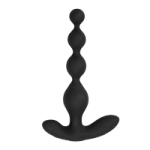 Anal Beads
Anal Beads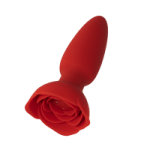 Anal Vibrators
Anal Vibrators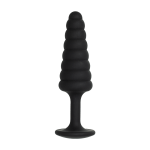 Butt Plugs
Butt Plugs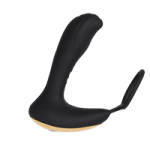 Prostate Massagers
Prostate Massagers
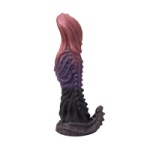 Alien Dildos
Alien Dildos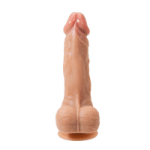 Realistic Dildos
Realistic Dildos
 Kegel Exercisers & Balls
Kegel Exercisers & Balls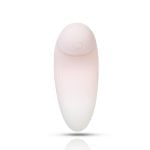 Classic Vibrating Eggs
Classic Vibrating Eggs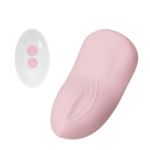 Remote Vibrating Eggs
Remote Vibrating Eggs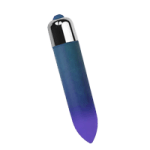 Vibrating Bullets
Vibrating Bullets
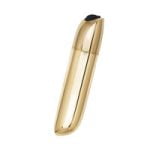 Bullet Vibrators
Bullet Vibrators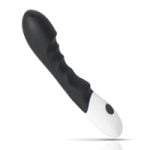 Classic Vibrators
Classic Vibrators Clitoral Vibrators
Clitoral Vibrators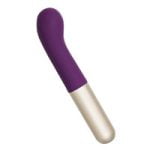 G-Spot Vibrators
G-Spot Vibrators Massage Wand Vibrators
Massage Wand Vibrators Rabbit Vibrators
Rabbit Vibrators Remote Vibrators
Remote Vibrators
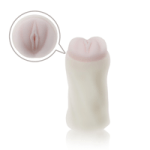 Pocket Stroker & Pussy Masturbators
Pocket Stroker & Pussy Masturbators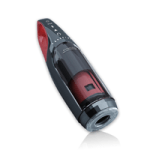 Vibrating Masturbators
Vibrating Masturbators
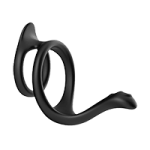 Cock Rings
Cock Rings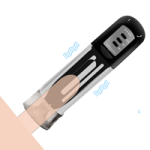 Penis Pumps
Penis Pumps
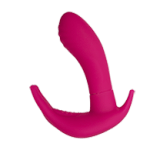 Wearable Vibrators
Wearable Vibrators Blindfolds, Masks & Gags
Blindfolds, Masks & Gags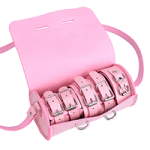 Bondage Kits
Bondage Kits Bondage Wear & Fetish Clothing
Bondage Wear & Fetish Clothing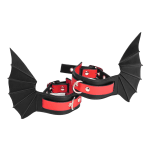 Restraints & Handcuffs
Restraints & Handcuffs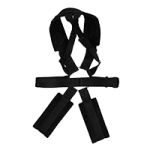 Sex Swings
Sex Swings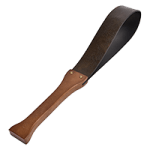 Ticklers, Paddles & Whips
Ticklers, Paddles & Whips






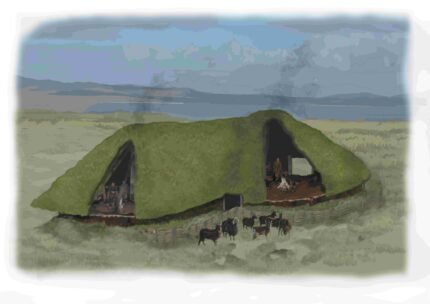
 Over time, its function changed from domestic use to an industrial focus, which occurred after the domestic buildings fell into disrepair. Compared to many known early medieval Scottish metalworking workshops, which were often enclosed within royal or noble fortresses, the Curto Raceroom is a relatively modest building. It appears to have been used to smelt bog ore to extract iron nuggets, which could then be made into tools and weapons elsewhere.
Over time, its function changed from domestic use to an industrial focus, which occurred after the domestic buildings fell into disrepair. Compared to many known early medieval Scottish metalworking workshops, which were often enclosed within royal or noble fortresses, the Curto Raceroom is a relatively modest building. It appears to have been used to smelt bog ore to extract iron nuggets, which could then be made into tools and weapons elsewhere.




